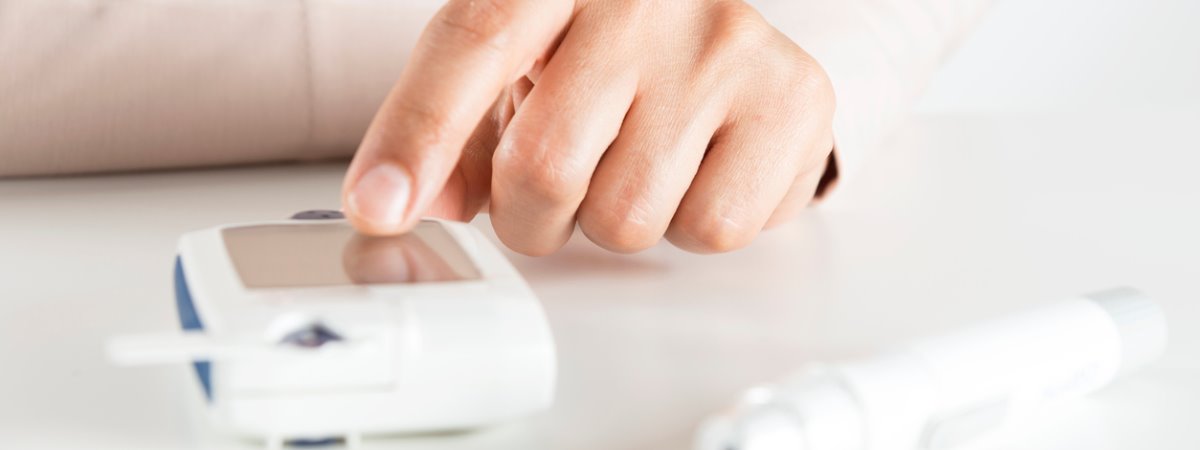How can healthcare become more consumer centric? For starters, design for the messy reality of life, not the sterile, hypothetical.
So says Jennifer Schneider, MD, chief medical officer of Livongo, a digital health company that uses cloud technology and coaching to support people living with diabetes. In this episode of the Oliver Wyman Health podcast, Dr. Schneider shares how Livongo followed its own advice by designing an absorbent blood glucose meter case—recognizing that after checking their blood glucose level with a finger prick, people tend to wipe their finger on the nearest surface. It may not be best practice, but that’s the sometimes-messy reality of living with a chronic condition, says Dr. Schneider. And so Livongo designed for it.
In this wide-ranging, lively conversation, Dr. Schneider and host Sam Glick, partner in the Health & Life Sciences practice of Oliver Wyman, also discuss high-tech vs high touch, a better way to measure the ROI of innovation, and what’s next for Livongo.
For this episode and more, check out the Oliver Wyman Health Podcast page, featuring executive conversations on the business of transforming healthcare, available on iTunes, iHeartRadio, Soundcloud, Google Play Music, Stitcher, and Spotify. Or, just tell Alexa, "Play Oliver Wyman Health Podcast."
More from this episode:
How to make healthcare more consumer centric? “It’s the difference between designing a system that’s ideal, more sterile, more programmatic, and what happens in real life.” (3:00)
“When we think about consumer centric, it’s really just flipping the design paradigm around how to maximize for the end user. What do they want? It used to come out of what are the providers doing and how do we help them do their job most efficiently.” (3:38)
Designing for the consumer is about solving the problem, not the process. (5:10)
Having lived with diabetes for more than 30 years, Dr. Schneider is a “card-carrying member” of the chronic disease world, and she knows that most people with chronic conditions do the majority of their disease management outside of the healthcare system. “We’re making decisions pretty much every day about our chronic conditions. … Let’s empower those of us living outside the doctor’s office. … Let’s use information to encourage them, nudge them, empower them to make decisions that might influence how they feel.” (6:00)
“Let’s not do what we do now, which is give people a bunch of information in 14 minutes two times a year and then expect them to follow what we told them to do.” (6:35)
Big data, predictive analytics, or human touch? Don’t focus on what, but when, Dr. Schneider says. “The idea of when is the right time, not if techology is right or human is right. It’s the when and for whom. We talk a lot in healthcare about data and leveraging data, but it’s around getting smarter when, for any individual, if the approach is tech or human.” (10:05)
Livongo is expanding into additional chronic conditions, starting in cardiovascular conditions (hypertension dyslipidemia) because they have have a high preponderance in people with diabetes and also because the market needs solutions for those conditions. “Those continue to be high cost, high prevalence and poorly controlled.” (12:00)
How do you measure the ROI of innovation? Are you making people happier? Is there clinical improvement? Are you saving money? “If the first two are aligned, most likely you will see a return on investment. But you need to show it and document it. And in order to do that, you need access to the payment structure.” (13:35)
How do we “fix” healthcare? It starts with liberating data. “It’s still astounding to me that, as a patient, I don’t have access to my own data.” (16:15)


